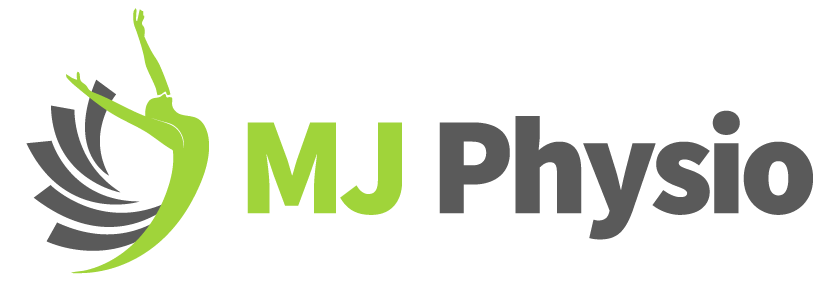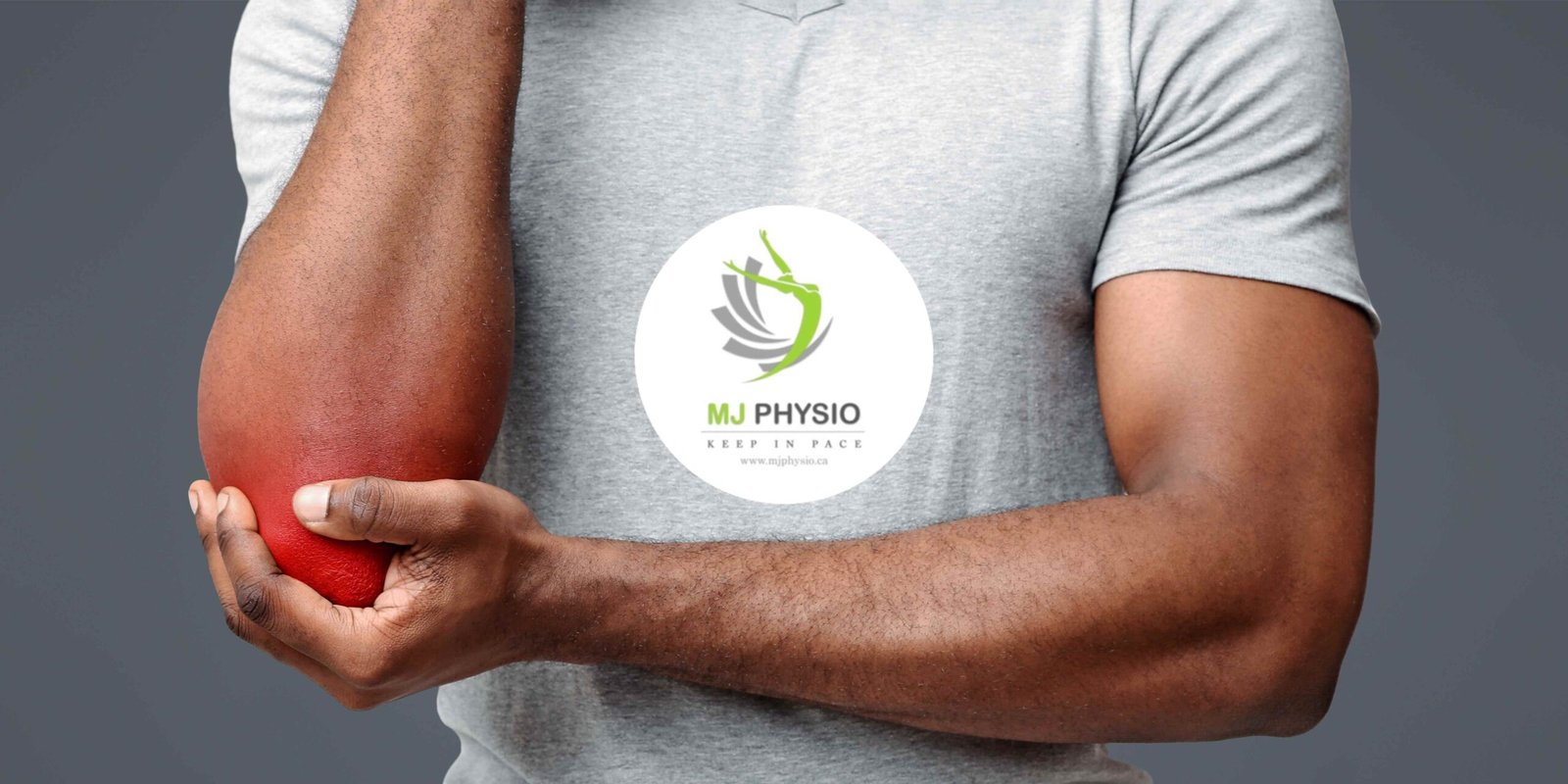Introduction to Lower Level Laser Therapy:
Low Intensity Laser Treatment or Low-Level Laser Treatment deals with light having low intensity. The effect of it is misunderstood to be thermal or to be concerned with heat or high temperature; instead, it is photochemical. The light that is used causes biochemical changes inside the cell which can be compared to photosynthesis in plants.
Laser generates light by the process of optical amplification based on the stimulated emission of electromagnetic radiation. As per the International Engineering Consortium (IEC standard 60825), the laser is divided into four main categories: Class 1/1M, Class 2/2M, Class 3R/3B and Class 4.
LLT utilizes light having wavelength in the range 660nm-905nm; this range can penetrate through the skin and hard/soft tissues to relieve inflammation and helps in repairing tissues.
Laser generates light by the process of optical amplification based on the stimulated emission of electromagnetic radiation. As per the International Engineering Consortium (IEC standard 60825), the laser is divided into four main categories: Class 1/1M, Class 2/2M, Class 3R/3B and Class 4.
LLT utilizes light having wavelength in the range 660nm-905nm; this range can penetrate through the skin and hard/soft tissues to relieve inflammation and helps in repairing tissues.
Mechanism of LLLT:
LLLT utilizes a single wavelength of light that does not have heat, sound, or any vibrations. It is called Cold Laser as it does not involve heat. It is also termed as Photo-biomodulation because it deals with a concept much like photosynthesis. It provides energy to the body through photons of light, that penetrate deep into the skin.
At the cellular level, Low-Level laser stimulates a complex set of physiological reactions which help in the reduction of swelling and pain. It accelerates tissue healing by supplying oxygen and energy to the cell. It stimulates a faster and efficient healing of the cell.
Expectations during the appointment:
In the first session, a thorough examination is done in order to identify the condition of the patient. It includes the physical tests, history about neurologic and orthopedic conditions. After understanding the condition of the patient, a plan is put forth based on the severity of the condition.
The most common question is: “Does this treatment have any side effects?” The answer to this question is: No. LLLT is being used since more than 25 years. Even with long term usage, there are no irreversible effects or harmful effects. This is the best way for people dealing with pain, without taking drugs.
Expectations during the LLLT session:
Low-Level Laser Therapy sessions are not so frightening for some people as they do not feel any pulsating shocks or heat that is observed in other forms of therapy. The sensation that is mostly noticed is the touch of the probe head of the laser, only when it comes in contact with the skin. Some patients report that they feel a slight tingling or tapping in the nerve or along the nerve pathway. Some say that they were able to sense a warm feeling.
The treatment can go on from 2 minutes to 20 minutes; obviously, depending on the condition of the patient and the severity. Most patients feel quite better with just one session. This primarily depends on the patient’s condition and the time since the condition was present. Generally, the longer one has had a condition and/or based on its severity, the longer it takes to respond to the treatment.
LLLT for Musculoskeletal Pain
LLLT has shown a positive effect, according to the studies carried out, in the form of inflammatory reduction and improvement in muscle repair. Studies that are related to the mechanisms behind these effects have suggested that LLLT helps in improving mitochondrial function, decreasing the oxidative stress and production of reactive oxygen species; it stimulates mitochondrial respiratory chain, microcirculation and ATP synthesis These effects provide the rationale for testing; it enhances recovery by preventing the development of skeletal muscle fatigue.
Clinical studies were performed with single-laser diode probes in order to test if LLLT could delay the development of skeletal muscle fatigue and helps in increasing the muscle recovery. According to these studies, LLLT decreases muscle fatigue and improves biochemical markers related to muscle recovery. However, the results are based on the use of single-laser diode probes, which limits the size of the area of irradiation. In contrast, cluster multi-diode probes make it possible to irradiate several points at the same time. This could increase the effects of LLLT, especially when large areas need to be irradiated such as skeletal muscles.
With this thought in mind, it was investigated if LLLT performed with a cluster multi-diode probe over the biceps before doing exercise, would increase the number of submaximal repetitions of elbow flexion performed before exhaustion and reduce the level of the biochemical markers related to skeletal muscle recovery in top-level athletes.
Treatments using LLLT:
In physiotherapy LLLT is use for accelerated tissue regeneration, pain relief and reduction of inflammation.
Conditions that are treated include
- Neuropathic pain
- Shoulder impingement syndromes
- Rheumatoid arthritis
- Reduction of volume and pain in lymphedema
- Disc herniation
- Tendonitis
- Tennis Elbow
- Osteoarthritis of the knee, hip and ankle
- TMD
- Low back disc degeneration
- Hip or shoulder bursitis
- Sciatica
- Plantar fasciitis





Post Comments